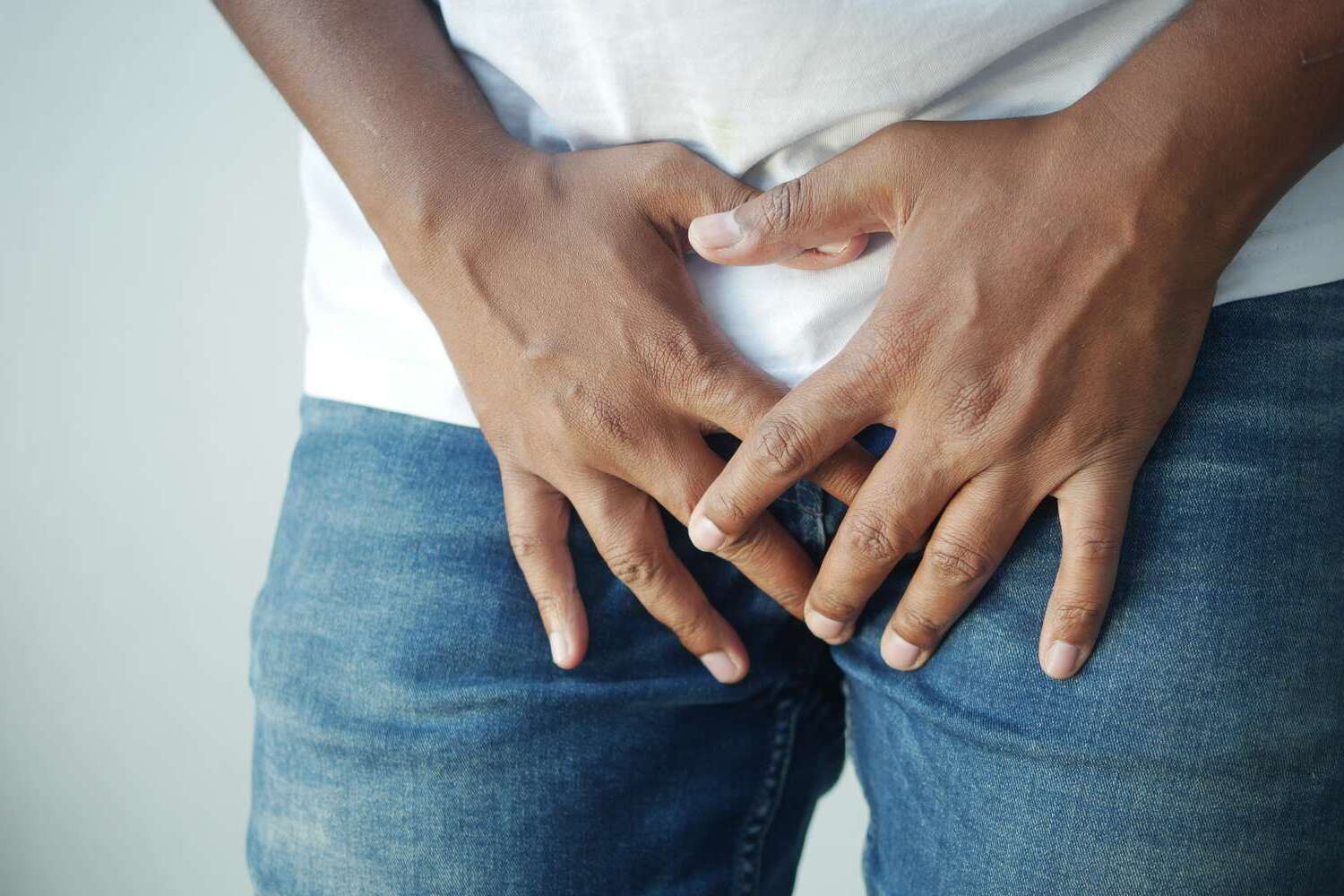
Why do humans have pubic hair? Pubic hair might seem like a mystery, but it actually serves several important purposes. First, it provides a cushion against friction that can cause skin abrasion and injury. This is especially useful during physical activities like sex or exercise. Second, pubic hair helps to reduce the risk of bacterial infections by trapping dirt and debris. Third, it plays a role in pheromone signaling, which can be important for sexual attraction. Lastly, pubic hair helps to regulate temperature in the genital area, keeping it warm. So, while it might seem like just another part of growing up, pubic hair has some pretty cool functions!
What Are Pubic Lice?
Pubic lice, also known as crabs, are tiny insects that infest the hair in the pubic area. They can cause itching and discomfort. Here are some interesting facts about these pesky critters.
-
Scientific Name: Pubic lice are scientifically known as Pthirus pubis. They are different from head lice and body lice.
-
Appearance: These lice are called crabs because of their crab-like appearance. They have six legs, with the front two being larger and resembling crab claws.
-
Size: Pubic lice are very small, about 1.1 to 1.8 mm in length. Despite their size, they can cause significant itching.
-
Life Cycle: The life cycle of a pubic louse includes three stages: egg (nit), nymph, and adult. The entire cycle takes about 30 days.
-
Transmission: Pubic lice are most commonly spread through sexual contact. However, they can also be transmitted through infested clothing, towels, and bedding.
Symptoms and Diagnosis
Recognizing the symptoms of pubic lice is crucial for timely treatment. Here are some key points to help identify an infestation.
-
Itching: The most common symptom is intense itching in the genital area. This itching is caused by an allergic reaction to louse bites.
-
Visible Lice or Eggs: You might see the lice or their eggs attached to pubic hair. The eggs are tiny, oval, and yellowish-white.
-
Blue Spots: Some people develop blue spots or small blood spots on their skin due to louse bites.
-
Diagnosis: A healthcare provider can diagnose pubic lice by examining the affected area with a magnifying glass.
Treatment Options
Treating pubic lice involves both medication and hygiene practices. Here’s what you need to know.
-
Over-the-Counter Treatments: Lotions and shampoos containing permethrin or pyrethrin are effective in killing pubic lice.
-
Prescription Medications: In some cases, stronger prescription medications like malathion lotion or ivermectin may be necessary.
-
Cleaning Personal Items: Wash clothing, bedding, and towels in hot water and dry them on a high heat setting to kill any remaining lice or eggs.
-
Avoiding Sexual Contact: Refrain from sexual activity until the infestation is completely treated to prevent spreading lice to others.
Prevention and Myths
Preventing pubic lice and debunking common myths can help reduce the risk of infestation. Here are some important points.
-
Regular Hygiene: Maintaining good personal hygiene can help reduce the risk of lice infestation.
-
Myth – Only Dirty People Get Lice: Pubic lice do not discriminate based on cleanliness. Anyone can get them.
-
Myth – Shaving Prevents Lice: Shaving the pubic area does not prevent lice. They can still attach to short hair or other body hair.
-
Myth – Lice Can Jump: Pubic lice cannot jump or fly. They move by crawling from one hair to another.
Interesting Facts
Here are some lesser-known facts about pubic lice that might surprise you.
-
Ancient Infestation: Pubic lice have been infesting humans for thousands of years. Evidence of lice has been found on ancient mummies.
-
Not Just Humans: While pubic lice primarily infest humans, they can also be found on other primates like gorillas.
-
Survival Without a Host: Pubic lice can survive for up to 24 hours without a human host. This is why it's important to clean personal items thoroughly.
Understanding pubic lice can help in managing and preventing infestations. Stay informed and take the necessary steps to protect yourself and others.
Final Thoughts on Pubic Hair
Pubic hair, often overlooked, plays a significant role in our bodies. It provides protection, reduces friction, and even has a unique scent that can be a natural aphrodisiac. Shaving or trimming is a personal choice, but remember, those tiny hairs have a purpose. They can help prevent infections and act as a cushion during physical activities. Whether you choose to keep it natural or groomed, understanding the facts about pubic hair can help you make informed decisions about your body. Embrace the knowledge and make choices that suit your comfort and health. Pubic hair isn't just a random patch; it's a part of our body's intricate system. So next time you think about it, remember its importance and the fascinating facts you've learned.
Was this page helpful?
Our commitment to delivering trustworthy and engaging content is at the heart of what we do. Each fact on our site is contributed by real users like you, bringing a wealth of diverse insights and information. To ensure the highest standards of accuracy and reliability, our dedicated editors meticulously review each submission. This process guarantees that the facts we share are not only fascinating but also credible. Trust in our commitment to quality and authenticity as you explore and learn with us.


